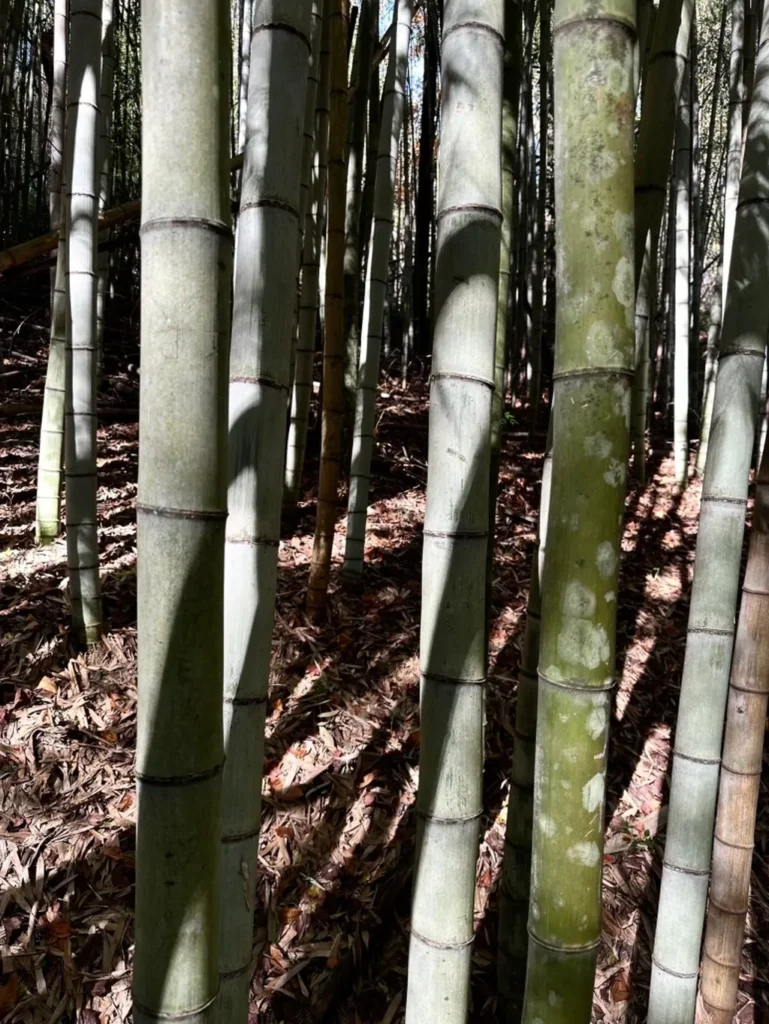In the heart of China’s bamboo forests, a silent battle is being waged—not against pests or disease, but against a common agricultural practice that might be doing more harm than good. Mulching, a technique used to cover soil with organic or inorganic material to improve yield, has been found to accelerate degradation in Phyllostachys praecox, or Lei-bamboo forests. The culprit? A disruption in the delicate balance of rhizosphere nitrogen cycling, a process that could be influenced by the depletion of crucial soil nutrients like calcium and magnesium.
A recent study, led by Hong Zhao from the Jiangxi Communications Investment Maintenance Technology Group Co., Ltd. in Nanchang, China, sheds light on this complex issue. The research, published in the journal *Frontiers in Plant Science* (which translates to “Plant Science Frontiers”), reveals that mulching enhances the abundance of 16S-rRNA and nitrogen-cycling functional genes, leading to ammonium accumulation and nitrate depletion. This disruption is driven primarily by total organic carbon, total nitrogen, and pH, but magnesium also plays a significant role.
“Mulching reorganizes the rhizosphere nitrogen-cycling network, increasing the relative contributions of several key genes,” explains Zhao. “Surprisingly, nitrite accumulates under mulching due to a decrease in the nxrA/AOB ratio, a finding that points to a specific vulnerability in the nitrogen cycle.”
The study’s field amendment experiments confirmed that magnesium is the most limited nutrient under mulching. Magnesium supplementation elevated rhizosphere microbial biomass and nitrogen-cycling functional potential, which calcium did not. This application also reverted the composition indicators of nitrogen-cycling groups and the content of ammonia and nitrite toward their original states, although nitrate levels further reduced.
The implications of this research are significant for the energy sector, particularly for companies involved in bamboo-based products and bioenergy. Understanding the biogeochemical coupling of magnesium and nitrogen could lead to more sustainable mulching practices, ultimately improving yield and reducing degradation.
“Our findings suggest that magnesium application can partially counteract the negative effects of mulching on the rhizosphere nitrogen cycle,” says Zhao. “We discovered that nitrification processes and nxrA are more sensitive to magnesium than other nitrogen-cycling processes and functional genes, indicating they could be key sites where magnesium regulates nitrogen cycling.”
This research provides a new perspective on the interplay between magnesium and nitrogen in the soil, offering valuable guidance for sustainable agriculture in Lei-bamboo forests. As the energy sector continues to explore bioenergy sources, the insights from this study could shape future developments in the field, ensuring that agricultural practices are both productive and environmentally sound.
In the quest for sustainable agriculture, every discovery brings us one step closer to a balanced ecosystem. This study, with its focus on the often-overlooked role of magnesium, is a testament to the intricate web of relationships that underpin our natural world. As we continue to unravel these complexities, we pave the way for a future where agriculture and sustainability go hand in hand.

